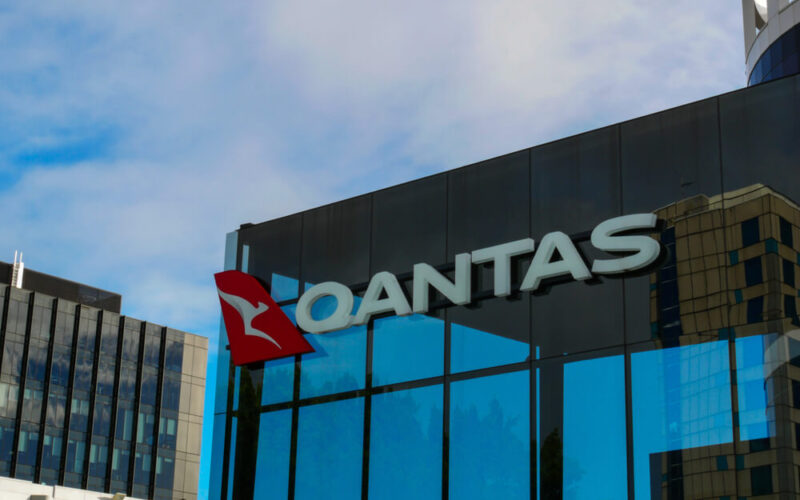Article updated August 19, 2019.
Qantas announced that its cargo division, Qantas Freight, is renewing the agreement with Australia Post to continue their cooperation. The two companies agreed on a seven-year deal worth more than $675 million (A$1 billion), which will also see Qantas become “the first airline in the world to operate the A321 as a freighter aircraft”. The airline plans to launch services with the new aircraft in October 2020.
The Airbus A321 Passenger to Freight conversion program was launched by aerospace company Elbe Flugzeugwerke (EFW) in 2015. In addition to the lower operational costs compared to its rivals, the Boeing 757 and 737, the A321PF also introduces a one-of-a-kind lower deck that airlines will be able to load or unload at the same time as the main deck, adding more versatility to a narrow-body freighter.
According to the official announcement, Qantas and Australia Post agreed that the rapidly expanding eCommerce market, especially next-day delivery, is the driving force behind their new contract. Even if demand for air freight is dwindling down for the eighth consecutive month, as IATA reports, Qantas has reported growth in freight revenue. The results, available in the latest Qantas financial report of H1 2019, showcase that the company earned $354 million (A$525 million), compared to last year’s result of $307 million (A$455 million). A Qantas spokesperson also assured that domestically, the demand for freight is rising:
“Domestically we’re seeing strong growth, particularly in the last three years off the back of the eCommerce boom. Australia has been somewhat behind other developed economies in terms of online shopping, meaning there’s likely still plenty of growth to come in the years ahead.”
Qantas Freight currently operates a total of six freighter aircraft – five Boeing 737 and one 767. All of the 737s were converted from their passenger versions to carry freight. But the Boeing 737 that Qantas Freight operates are approaching their retirement age – four of the aircraft are over 32 years old. Switching to the new Airbus A321PF will help the airline reduce costs, especially fuel expenses. In addition, according to Qantas, the Airbus A321PF will add 50% more (nine tonnes) capacity compared to the Boeing 737, making the A321PF much more efficient and versatile compared to Qantas’ current 737 freighters. Qantas’ spokesperson also added that the “A321PF is more fuel-efficient, quieter and containerized above and below the deck,” and will add “70 percent larger payload (containerized volume) compared to the 737Fs”.
Qantas the first Vallair or BBAM customer?
At the Singapore Air Show 2018, EFW announced that it has acquired a launch customer for the A321PF – Vallair Solutions, an aircraft solutions company from Luxembourg. Elbe Flugzeugwerke, a subsidiary of Airbus and ST Aerospace, has specified that the first of the 10 A321 Passenger to Freighter conversions will be delivered “by end of 2019”.
Vallair currently owns six A321, specifically purchased to kick-start the A321 P2F program. One A321, registered to EFW as D-ANJA, was ferried to Singapore to conduct the conversion in November 2018. Another A321 is currently in the United States, registered as N322WS. In February 2018, the aircraft conducted test flights, according to data by FlightAware.
Peter Koster, Head of Vallair’s Cargo Conversions Business Unit, previously noted that the A321PF is “the ideal narrow-body freighter aircraft for express domestic and regional operations.” The company expects the A321PF to enter service in “early 2020”, which is earlier than Qantas’ prediction of October 2020. So far, only one other company has opted to order the A321PF, BBAM – a leasing company based in the United States.
BBAM and EFW have signed a Letter of Intent (LOI) to purchase an unidentified number of Airbus A321PF at the Paris Air Show 2019. BBAM expects to receive the aircraft in Q4 of 2020, possibly hinting that Qantas will operate BBAM’s A321PF.

